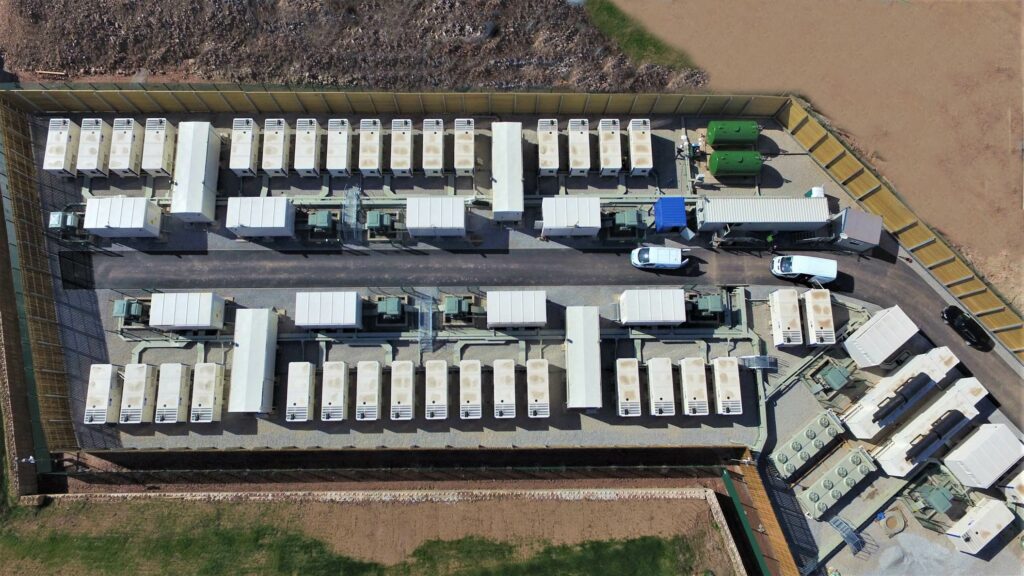Gresham House said that it was perfectly poised to cater for growing demand for grid-scale batteries in the UK, revealing it had acquired a minor stake in battery project developer Noriker Power.
Gresham House, which is among the UK’s first listed funds to invest in battery storage projects, released its interim results this morning, confirming that its net asset value per share had jumped by 2.8% on the back of improved revenue forecasts and cash generation from its operational portfolio.
Gresham holds around 75MW of battery storage assets, but anticipates its portfolio swelling to 229MW in Q1 2020 once a raft of new projects, currently at varying stages of development, come on stream.
It is collaborating with development partner Noriker Power on those projects, and today the company confirmed that it had purchased a 5% stake in the developer for a sum of £400,000, valuing Noriker at around £8 million.
Gresham said that the Noriker transaction “further consolidates the strategic alliance and the align of interests” in the storage sector.
John Leggate, chairman at Gresham House, said the growth in renewable generation and the recent frequency event which triggered a large-scale blackout provided confirmatory evidence that not only does the UK need more grid-scale batteries, but that they can “make a difference” in grid operation.
“We are excited by developments in the electricity market; both regulatory and in terms of continued renewables deployment that is expected to keep our investment thesis on track. We are in a strong position, in particular due to our scale, to capitalise on the opportunity that lies ahead,” Ben Guest, lead fund manager at Gresham House Energy Storage Fund, added.
Gresham is one of just two funds dedicated to investing in battery storage assets, the other being Gore Street Capital, aiming to capitalise on what is a growing appetite for utility-scale battery storage assets.
The UK has a sizeable portfolio of operational assets, and Current± publisher Solar Media’s in-house market research team has suggested that this could grow to as much as 1.2GW by the end of the year.





